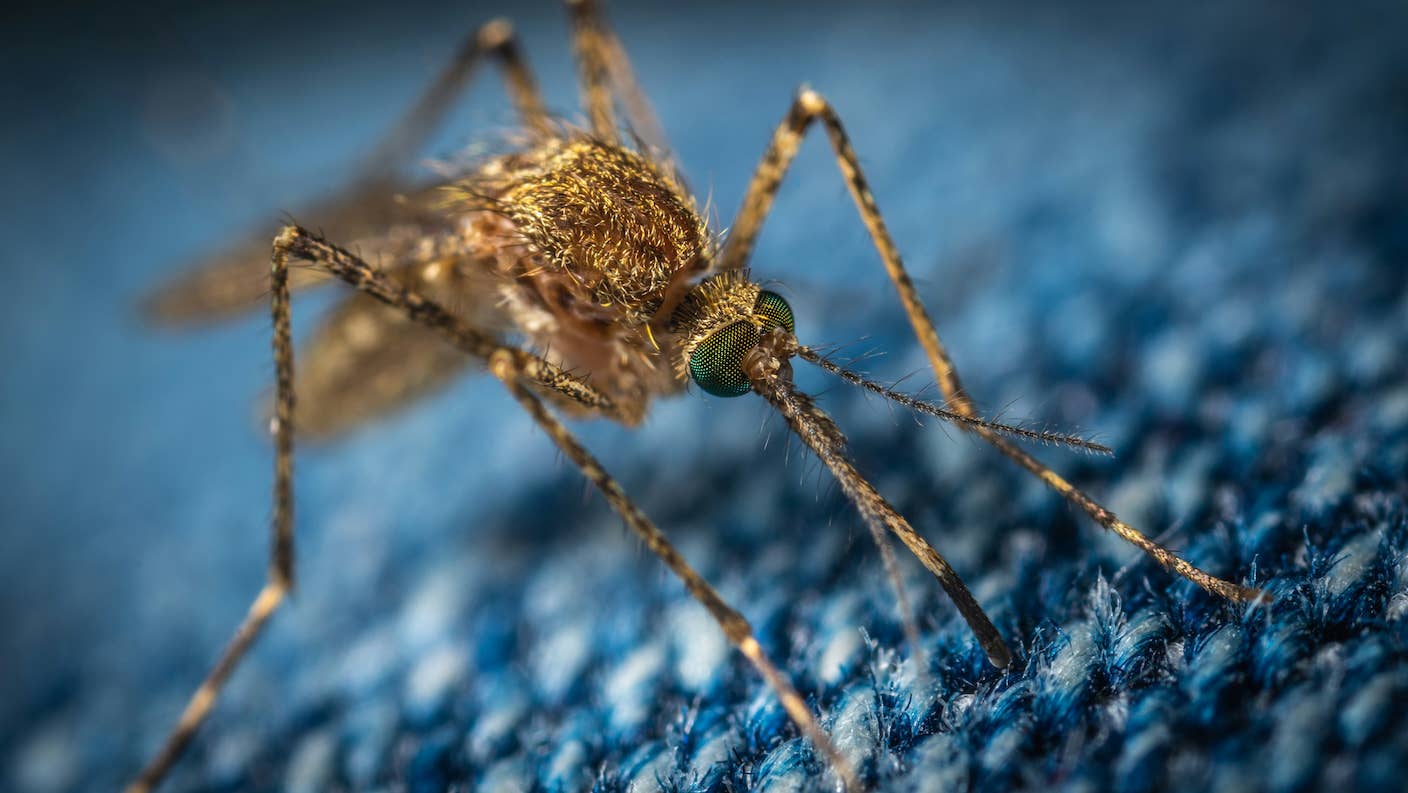Your Smartphone’s Next Big Trick? To Make You Healthier Than Ever

Share
On a seemingly normal summer day nine years ago, planet Earth was struck by a gadget-sized blow that would reinvent nearly every facet of our lives.
That day heralded the entry of the iPhone, which eventually ushered in a world of fast, seamless, virtual communication as well as instant access to the world’s information. Today, roughly 2 billion of us own smartphones, and collectively we spend many billions of minutes on the likes of Facebook, Twitter, Snapchat and Google Maps.
Smartphones exert an almost gravitational pull on our attention spans. Research by Dscout suggests that, on average, we touch our screens over 2,500 times a day. Beneath this flurry of activity, we often overlook the reality: these are not phones, these are miniature computers that process information at our will.
Two billion of us own these miniature computers. And we know that accurate and timely health diagnoses give patients the best chances of recovering from their ailments.
So, can we repurpose the capacities of smartphones to improve health diagnostics on a global scale? Can we provide fast and reliable health diagnostics in areas with limited health infrastructure or health professionals?
Can we develop low-cost smartphone attachments that perform routine lab tests on our blood and urine to evaluate liver and kidney function? Can we make these attachments as reliable and useful as the bulky, expensive machines that currently run these analyses in hospital labs?
The idea here is not to remove doctors from the equation.
Smartphone monitoring and diagnostics will be complementary to doctors, both in areas with sophisticated health infrastructure and in high-disease-burden, low-income settings. Beyond that, smartphones could bring the much-hyped era of personalized medicine to fruition by accurately measuring our health indicators on a constant basis.
Combine this deluge of health data, a massive data set that tracks our sleep, exercise, nutrition, genomic information and indicators of our organ function with powerful data analytics, and we have a recipe for finding insights that current medicine would struggle to discover.
Collecting, aggregating and mining such sensitive health information will undoubtedly evoke serious privacy concerns. While these concerns are real and valid, we cannot afford to sit still in the pursuit of using smartphones to aid health diagnostics. The cost of inaction is too great, especially for those who live in communities far from reliable lab equipment or for those who live in areas lacking lab technicians that run tests examining everything from the presence of pathogenic bacteria to blood cholesterol levels.
And for those of us who live with these luxuries, there is also significant utility (predictive and preventative medicine, faster response times, doctors spending more time treating patients instead of dealing with administrative work, and reduced burden on doctors) to be gained by safely piloting these technologies with small groups of people. Such trials would also allow providers of smartphone diagnostics to test and improve the cybersecurity of their systems.
This could eventually lead to a world in which we can pool together live medical data from millions, if not billions of people. And that could quite literally transform healthcare in unimaginable ways.
But before we discuss the ways smartphones aid diagnostics, it may be necessary to provide some background.
Why might a smartphone be useful for health diagnostics?
It may not be immediately obvious why or how a smartphone could be useful for health monitoring and diagnostics. But smartphones contain:
- Cameras that permit videoconferencing wherein doctors provide virtual assessments on non-critical issues. High-definition cameras could also potentially capture color changes that objectively indicate positive or negative response for certain analytical tests more accurately than human operators.
- Internet connectivity that enables patients to email test results or images of rashes or bruises to doctors for evaluation.
- USB ports that allow for connections to 3rd-party sensors and low-cost medical hardware attachments that execute screening tests on saliva, blood, sweat or urine
- Processors that could run health applications that execute code that converts inputs into medically relevant signals.
Here are two of the prominent approaches for incorporating smartphones in diagnostics.
Point-of-care diagnostics
Laksanasopin T. et al demonstrated that a full laboratory-quality immunoassay for HIV, syphilis and other sexually transmitted diseases can be run via a smartphone accessory. The invention was reported by Bates and Zumla to be the world’s first portable device that can execute an ELISA, a common diagnostic test that is usually limited to expensive labs.
Be Part of the Future
Sign up to receive top stories about groundbreaking technologies and visionary thinkers from SingularityHub.


Remarkably, the system created by Laksanasopin et al. cost about $35 (excluding the smartphone), whereas a typical ELISA system would cost closer to $20,000. Moreover, the device can be powered exclusively from a smartphone outlet (very crucial in areas prone to power shortages), displays test results in 15 minutes and is portable.
After deploying the test on 96 patients in Rwanda and comparing their device with the gold standard tests for the same diseases, the inventors reported sensitivity and specificity values competitive with conventional methods. While no diagnostic test is perfect, these results are exciting, as they could save lives thanks to early detection. A quick Google search shows there is a lot of current work to miniaturize expensive lab equipment such that it can be deployed for rapid point-of-care diagnostics.
Thus, the future looks bright for point-of-care diagnostics.
Virtual assistants
You wake up in the morning with a benign rash. In a panic, you binge-read everything about rashes on WebMD or Reddit. You then conclude your self-diagnosis by determining that you are one of twenty-four people on Earth who has a rare disease, and you have two weeks to live.
We live in a world awash with information, and sometimes it’s difficult to discern what is true and what is not. Wouldn’t it be easier if a trusted app backed by doctors could assess your symptoms, aggregate your health information and recommend next steps?
Enter Ada.
Ada is a virtual health assistant that performs a sophisticated symptom assessment to build a detailed picture of your health. Should you choose to share your information with your doctor, then Ada serves as an effective pre-doctor assessment that the doctor can validate before offering treatment options.
Backed by a team of doctors, Ada’s app quickly rose to become the number one health app in more than 20 countries, including Australia and Malaysia. And recently, the company announced the app is available in 150 countries across Central and South America, Africa, Oceania, Asia and most European countries. Plans are in place to launch the app in the UK, US and Germany early next year.
Overall, smartphones are becoming increasingly useful in the field of diagnostics. We can detect prostate-specific antigens (an indicator of prostate cancer), retinoblastoma (a rare eye cancer in children), provide portable ultrasound screening, and capture images of viruses as small as 150 nanometers.
We can perform reliable ELISAs for screening sexually transmitted diseases, which suggests we can develop low-cost ELISAs to screen for other diseases (by using different antibodies to signal the presence of our proteins of interest). And in the future, we can expect the development of sensors that track our sleep, exercise, heart, lung and liver function, as well as more low-cost miniaturized labs enabling reliable screening tests to save lives.
Image Credit: Shutterstock
Tobi is excited about technology’s potential for solving grand problems facing humankind. He’s a recent chemical engineering graduate. He also plays, watches, and eats soccer.
Related Articles

AI Companies Are Betting Billions on AI Scaling Laws. Will Their Wager Pay Off?

Super Precise 3D Printer Uses a Mosquito’s Needle-Like Mouth as a Nozzle

Is the AI Bubble About to Burst? What to Watch for as the Markets Wobble
What we’re reading